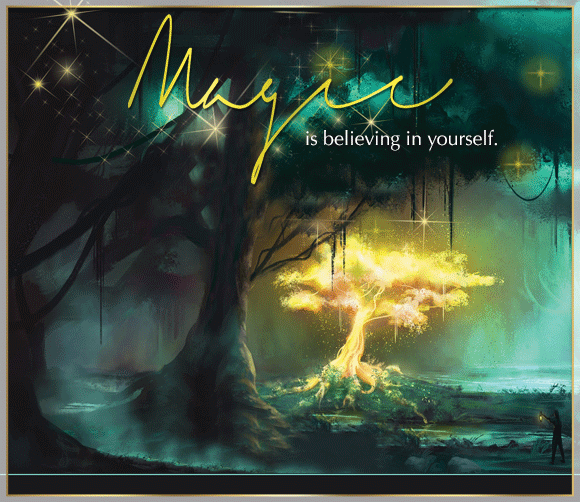The Bulldog – Then and Now
Click here to read the complete article
Then and Now
By Amy Fernandez
 Uniformity and predictability are familiar allegations leveled at our sport by purebred detractors. Among the breeds frequently targeted to illustrate the detrimental impact of that objective is, rather ironically, the Bulldog.
Uniformity and predictability are familiar allegations leveled at our sport by purebred detractors. Among the breeds frequently targeted to illustrate the detrimental impact of that objective is, rather ironically, the Bulldog.
Admittedly, consistent type is the bedrock of purebred ideology. But like most lofty aspirations, getting there is another story. Some breeds face an especially tortuous road to stabilized type. Bulldogs may top that list. Detours, derailments, and dead ends marked every step of its evolution. Possibly the strangest period of its interesting history spanned the late 18th to the mid-19th century. It opened with the Bulldog’s farewell after centuries as a working/fighting dog and led to one of the most remarkable restyles in purebred development.
In Dogs: Their History and Development, Edward Ash cited the primary catalyst for this incredible metamorphosis. He wrote, “Probably more attention has been given to breeding the perfect Bulldog, than has been lavished on any other breed. Some men have pursued the quest for the better part of their lives, and never produced a champion; whilst others, almost at the outset of their career, have succeeded.” That obsession/addiction to Bulldog perfection long predated his observations. It’s characterized every phase of the breed’s existence and ever-changing definitions of ideal type.
Original Bulldog type derived from bull baiting, a barbaric convention based equally on myth and practicality. However, the gaming aspect of this custom rapidly vaulted it from a public health measure to the status of a standalone sport. Owners paid to enter their dogs, spectators paid to watch, and both of those income streams paled in comparison to the high stakes wagering that increasingly defined the business.
Early on, Mastiffs and Bulldogs were virtually interchangeable, basically larger and smaller versions of the same mongrelized type utilized for a range of dirty, dangerous jobs. Larger dogs were preferred for guarding, boar hunting and bear baiting. For driving and holding cattle, the Mastiff’s typical 90-120 pounds of size and substance was pared down to a formidable concentration of strength, stamina, and grit, variously as the Beast Dog, Bull Baiting Dog, or Butcher’s Bull Dog. As the centuries wore on, this ragtag canine amalgamation was refined into an object of national adoration. “The finest strains were assiduously cultivated, and quotations ran high in the canine market.” As this genteel overview in the 1896 Ladies Kennel Journal explains, sustained popularity created tremendous incentive to improve functionality.
James Watson wrote, “Selection by man soon separated very widely the sheepdog or shepherd’s mastiff and the mastiff that was specially bred for the bull ring.” As Watson explains, the evolving parameters of this work dictated a very clear concept of ideal type. “A powerfully built dog, not too long on the legs, so that he could have good command of his movements and be able to spring from his position in the event of a sudden charge of the bull, as he crept forward on his chest with head down to spring at the nose. Loose, widely placed shoulders permitted this creep, and the cut up loin allowed the dog to use his hind legs to advantage,” he wrote.
Bulldog authority Barrett Fowler’s 1923 history Bulldogs and All About Them emphasized that the final result was considered a lethal superdog. He penned, “The extraordinary courage possessed by these dogs is hardly believable. Bred from a long line of fighting ancestors, a dog was at length arrived at of such ferocity and courage as to seem almost insensible to pain.”
Perfecting type had its downside. Promoters were forced to ramp up the scope of these gory spectacles to maintain shock value. On June 16, 1670 diarist John Evelyn captured this increasingly jaded public attitude, “I was forced to accompany some friends to the Bear Garden…it being a famous day for all these butcherly sports or rather barbarous cruelties. The bulls did exceedingly well… One of the bulls tossed a dog full into a lady’s lap as she sat in one of the boxes at a considerable height from the arena. …I am most heartily weary of this rude and dirty pastime, which I had not seen I think in twenty years.”
Click here to read the complete article

Short URL: http://caninechronicle.com/?p=90752
Comments are closed











